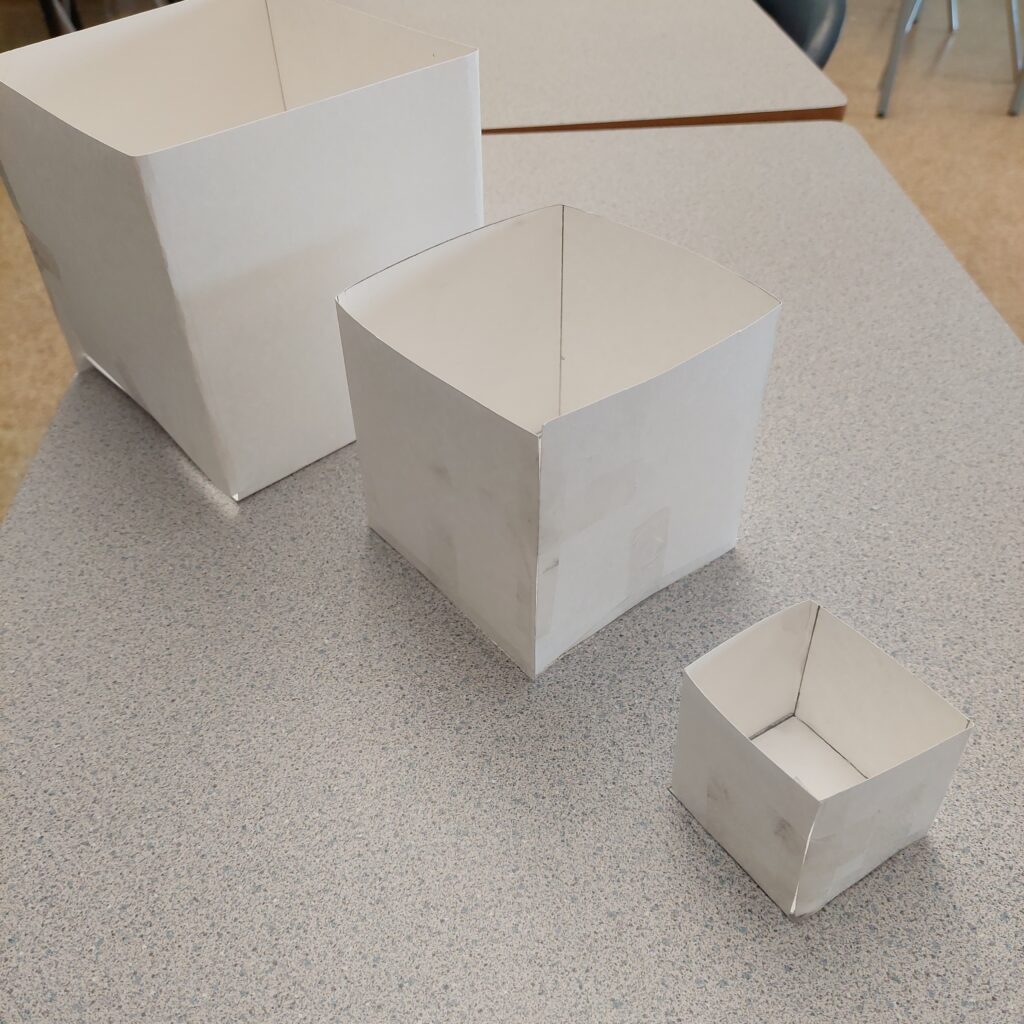Educators respect and value the history of First Nations, Inuit and Metis in Canada and the impact of the past on present and the future. Educators contribute towards truth, reconciliation and healing. Educators foster a deeper understanding of ways of knowing and being, histories, and cultures of First Nations, Inuit and Metis.
Over my practicum, I wanted to honor standard 9 by showing respect and value to the history of the Northwest Coast Peoples of BC by creating Bentwood boxes.
In this lesson we are focusing on the role of Indigenous knowledge in the creation of bentwood boxes. In this lesson we are trying to “honor the fact that Indigenous peoples do have robust and deep knowledge base that has been previously either ignored or denigrated” (Chrona, 2016). We are going to be highlighting the use of mathematical concept in the creation of bentwood boxes.
This lesson allowed for students to engage in problem-solving experiences that are connected to place, story, cultural practices, and perspectives relevant to local First Peoples communities, the local community, and other cultures. It also allowed for the students to practice visualizing to explore mathematical concepts and lastly, hand on experiential learning of constructing 3D objects with nets by making bentwood boxes.
I used the resource FNESC to ensure that the information I was sharing was accurate and allowed to be shared. This lesson presented the context of what Bentwood boxes were uses for, their value, and importance. We also talked about the values of the First Peoples, which included the sustainability of harvesting cedar planks. In this lesson, we looked at the mathematical skills that artisans require in order to make bentwood boxes. The first is the use of visualization of nets to plan and bentwood boxes so that only what is needed is taken from the tree. To follow we looked at the precision in measurement to ensure all sides were the same length and the corners are square.
Students are going to use blank poster paper to create nets for 3 boxes with no lids that can sit within each other. The added challenge is to use as much of the paper as possible. Students will demonstrate their understanding of the relationship of the sides of a nets and its 3D objects.

